April 9-15, 2023
April is a fickle month
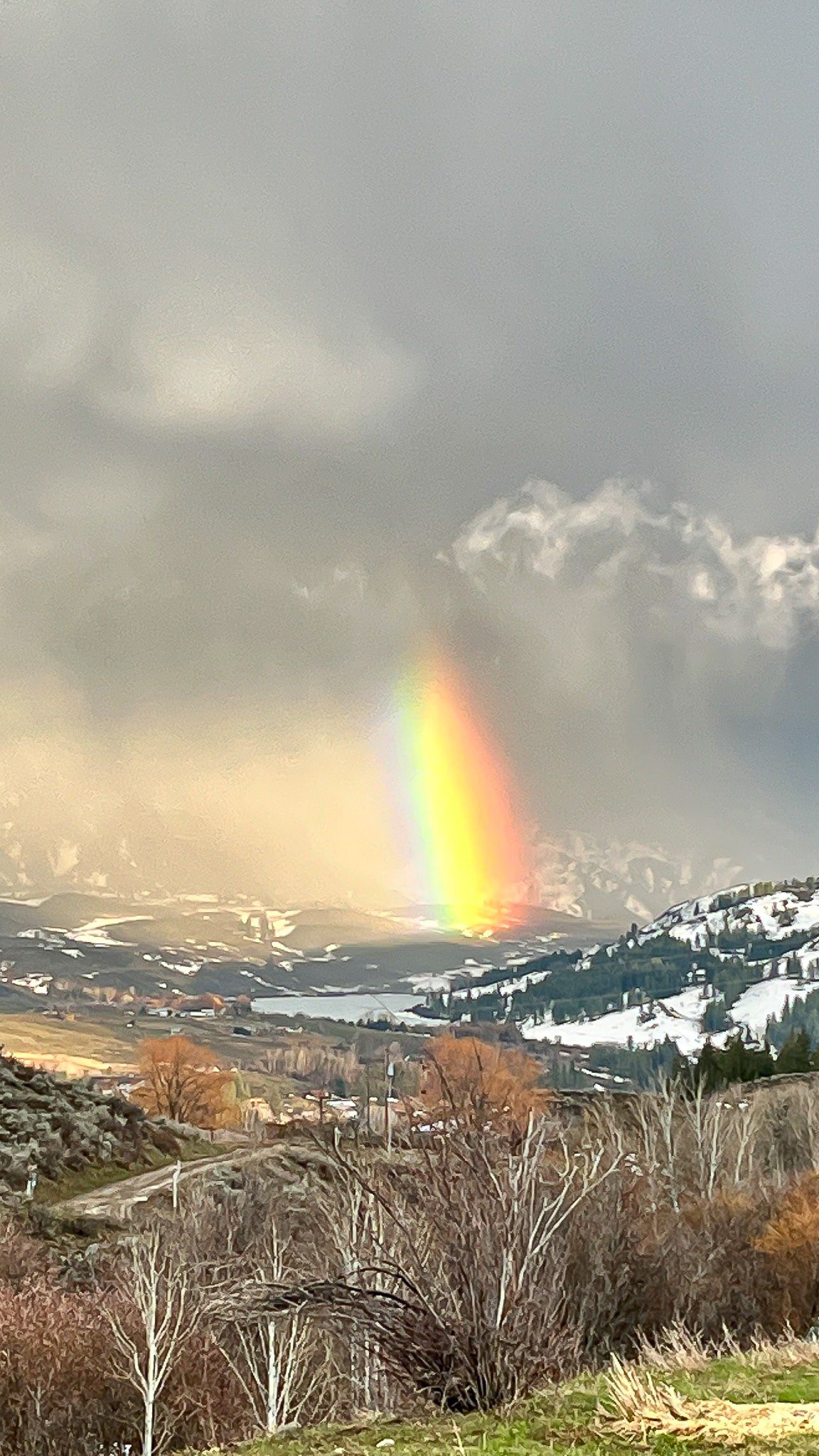
April is the cruellest month, breeding
Lilacs out of the dead land, mixing
Memory and desire, stirring
Dull roots with spring rain.
—T.S. Eliot “The Waste Land”
Week in Review
What a week this has been! After being teased by a stretch of glorious sunny days, last week ended and this week started with turbulent skies, lots of wind, spitting rain, and a giant rainbow over the valley. T.S. Eliot was right in pointing out the unpredictable character of this month!
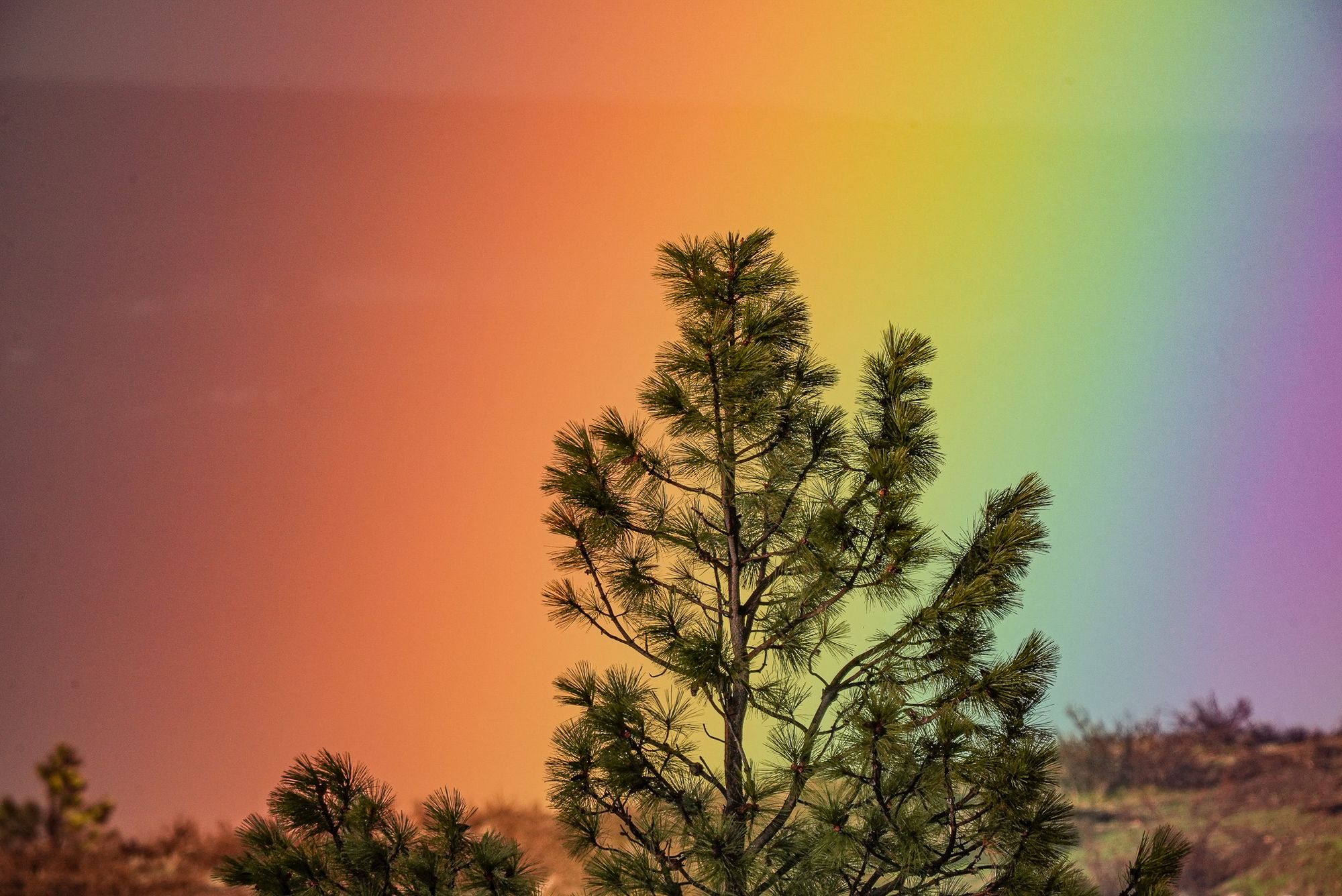
I don't know how many people got out walking this week because there were days that were downright cold and unpleasant. We spent most of our week inside the house peeking out of the windows, but even in this weather the flush of new life continued to bloom.
Many more flowers are popping out, whether it's yellow bells or bluebells, and hillside around the valley are brightening up as jillions of tiny green shoots emerge from the soil.
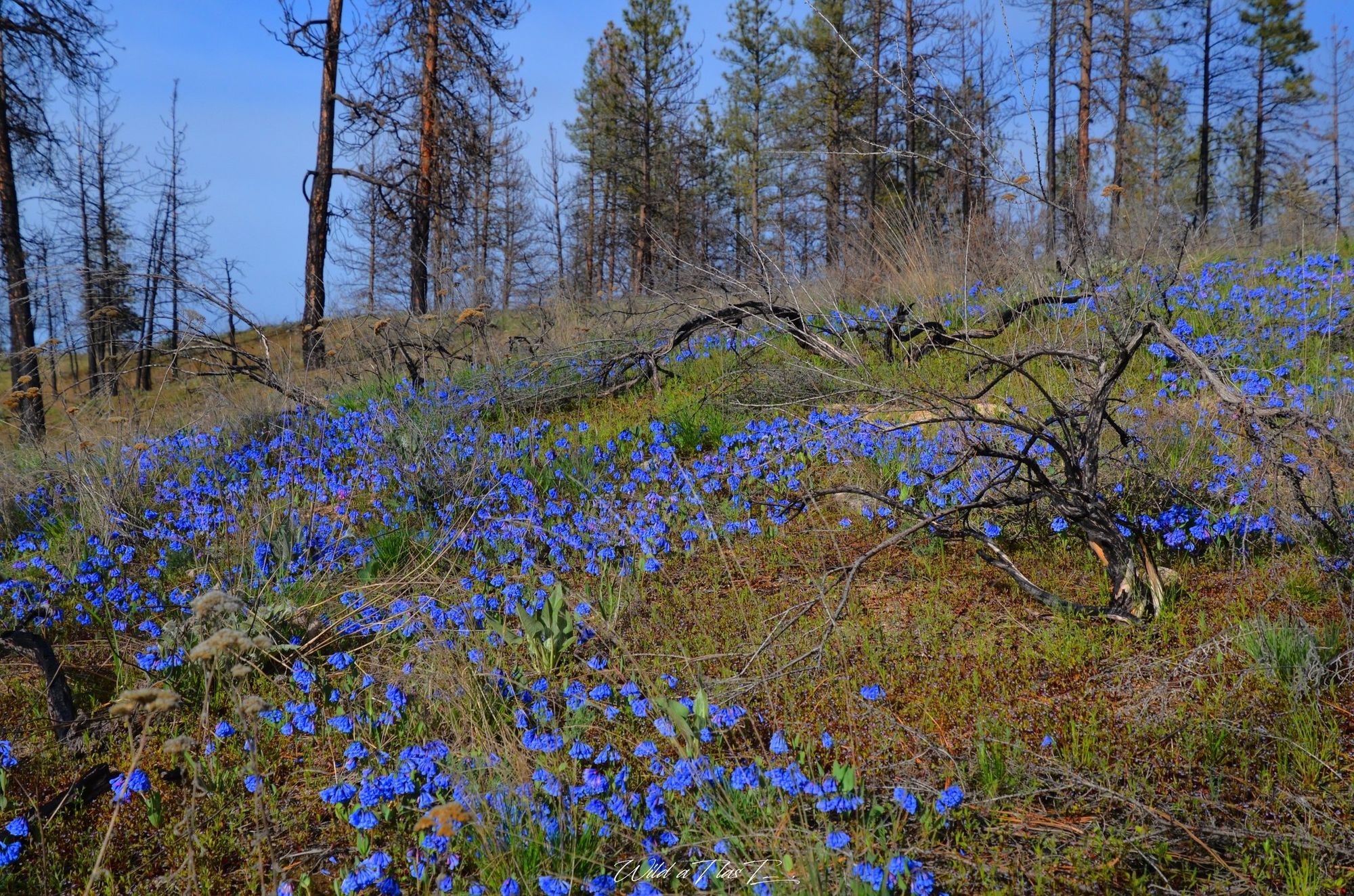
This got me wondering about the movement of sap in plants and I wrote a separate article on this topic for my LukasGuides newsletter if you're interested in learning more (or subscribing). What I learned is that sap does not push up, as I've always thought, but is pulled up by the air!
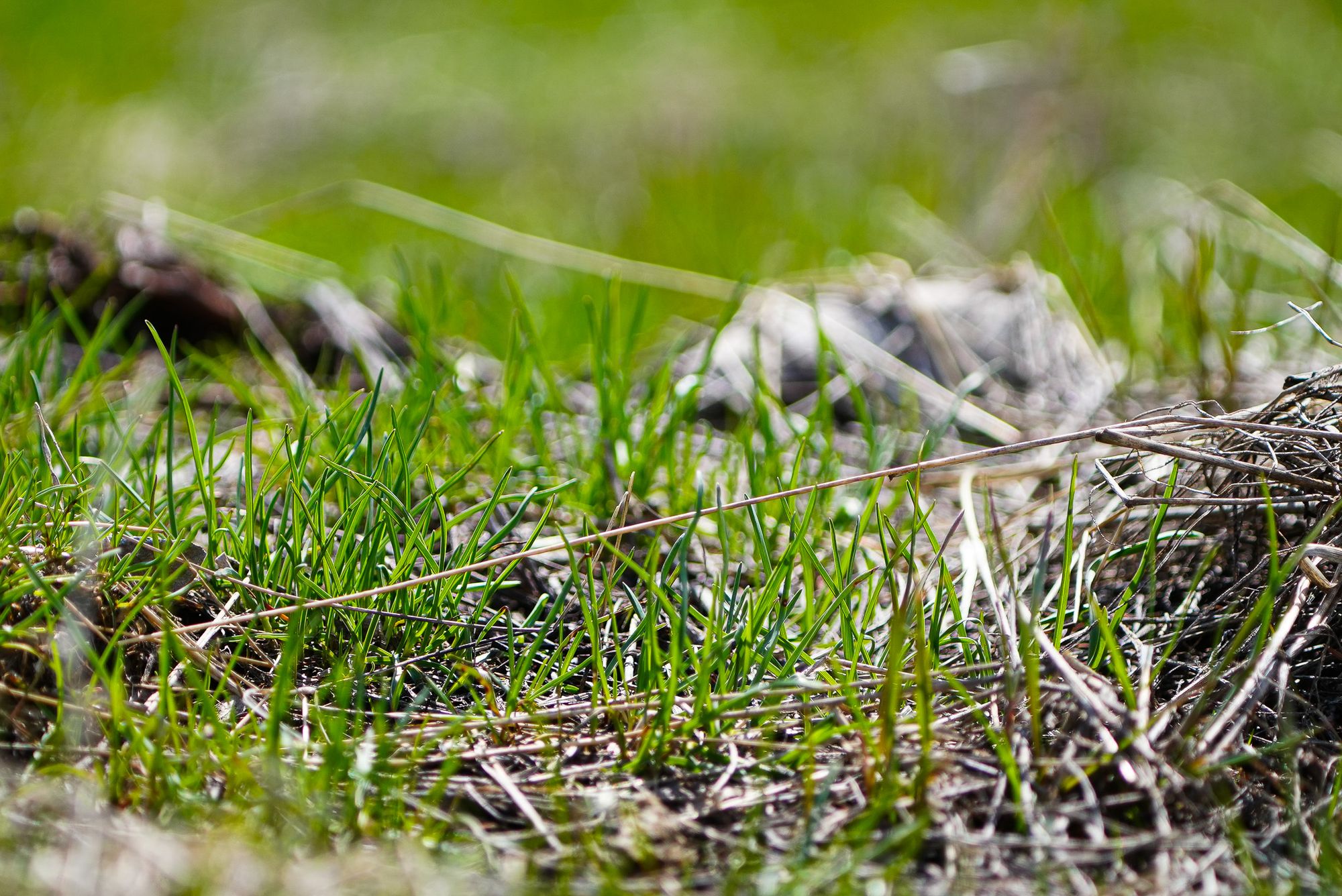
What we noticed this week were the birds. The skies are literally filled with swooping swallows. And instead of a handful of robins standing in the fields, there are now dozens at a time, plus they are singing too. Some sandhill cranes passed over a couple days ago. Our first white-crowned sparrow arrived on April 12, and a couple snipe were observed along the river.
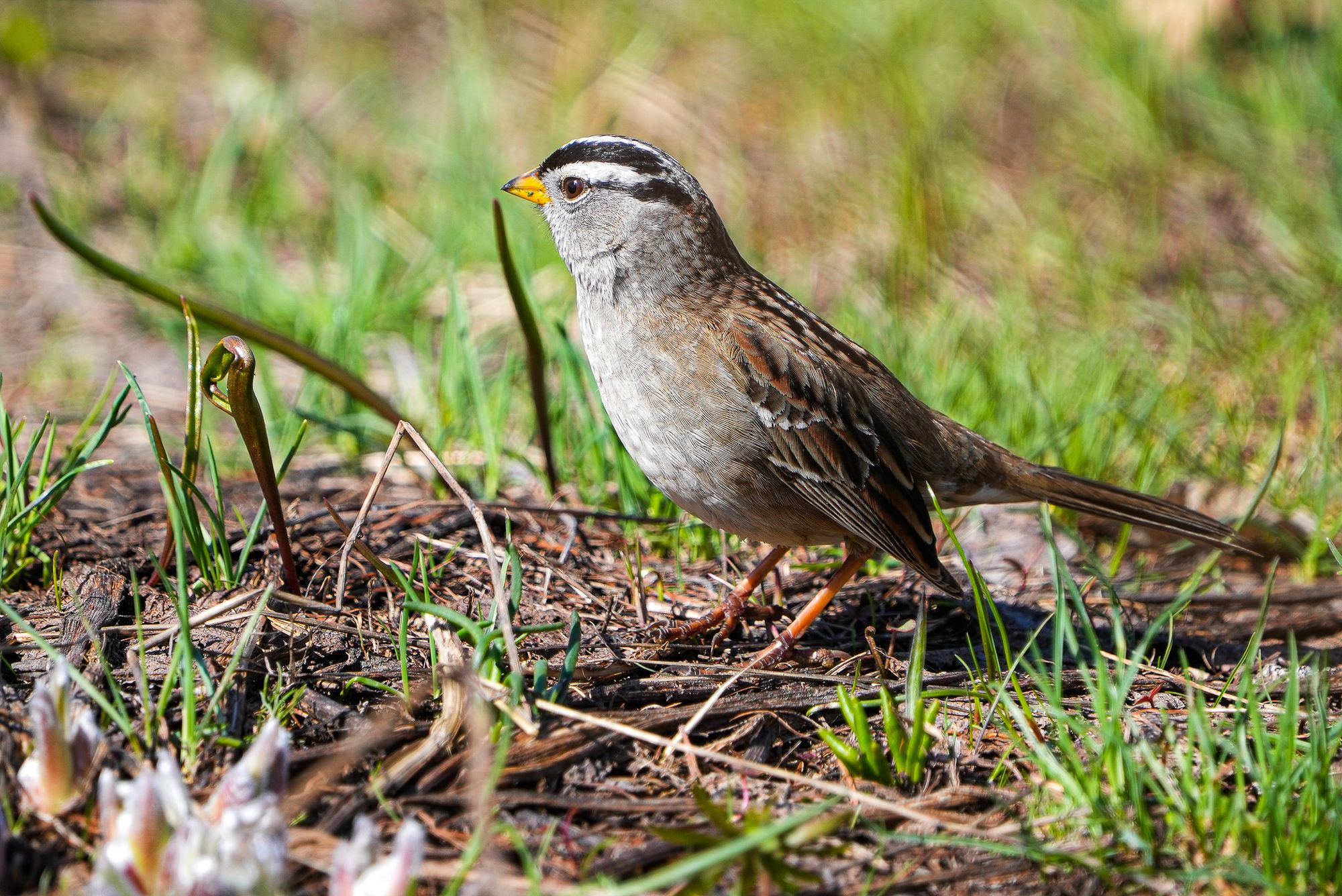
Multiple pairs of swallows are now fighting over our nest boxes, diving in and out of the holes and alternating with a pair of house sparrows who are also trying to claim the same boxes.
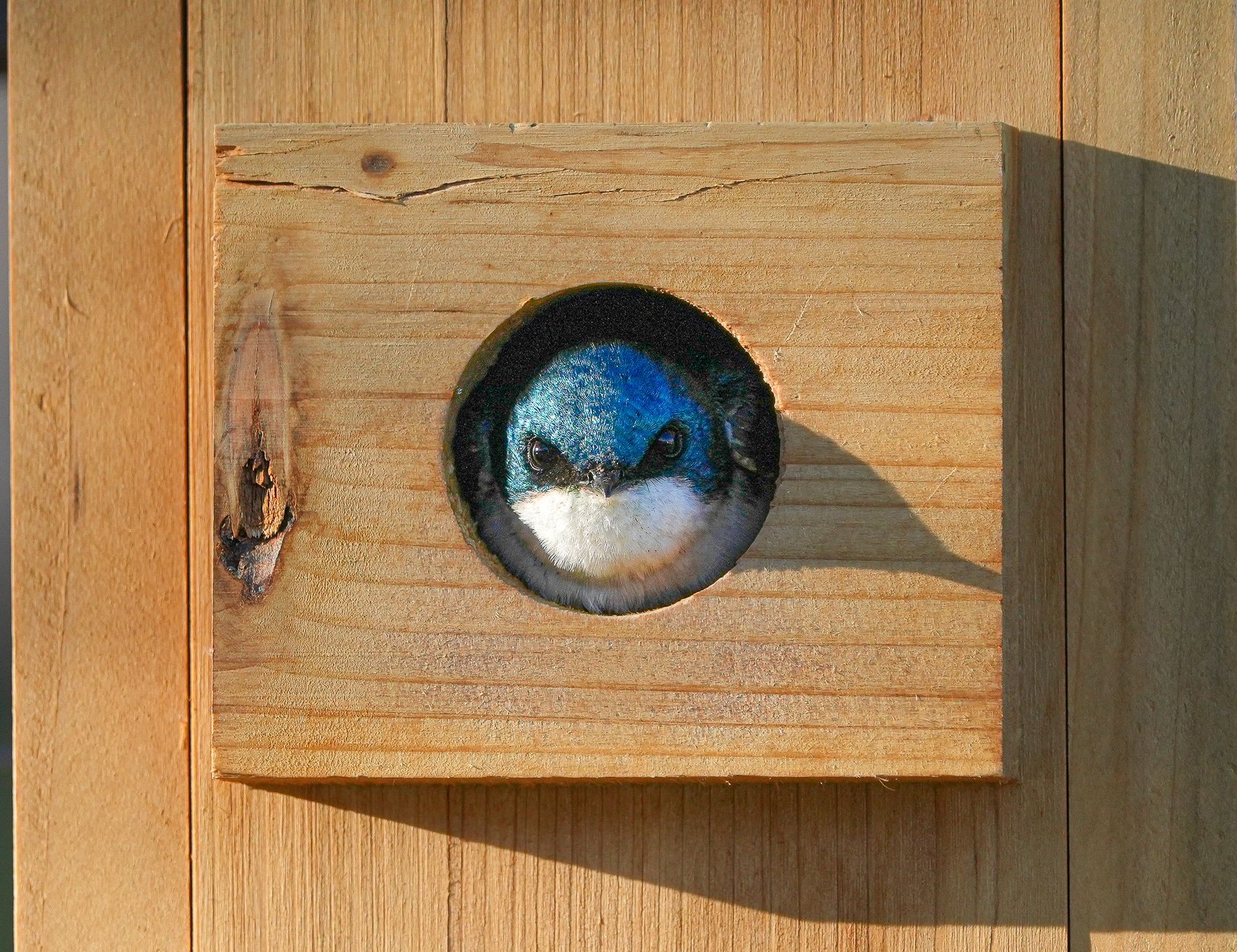
Our most dramatic sightings this week have been the bald eagles on Twin Lakes. There have been upwards of eight bald eagles at a time standing on the slushy melting ice, and it looks like they're casually eating whatever dead things are being unlocked as the ice melts.
But the best part is watching the eagles in the wind! When the wind is howling they take to the air and spend hours swooping, arcing, and cartwheeling with wild abandon. It's an exhilarating sight!
I filmed hours of high quality footage that I might make into a short video one day, but here's a snapshot below. (remember to switch the settings to 1080HD for best viewing)
Observation of the Week: Dusky grouse
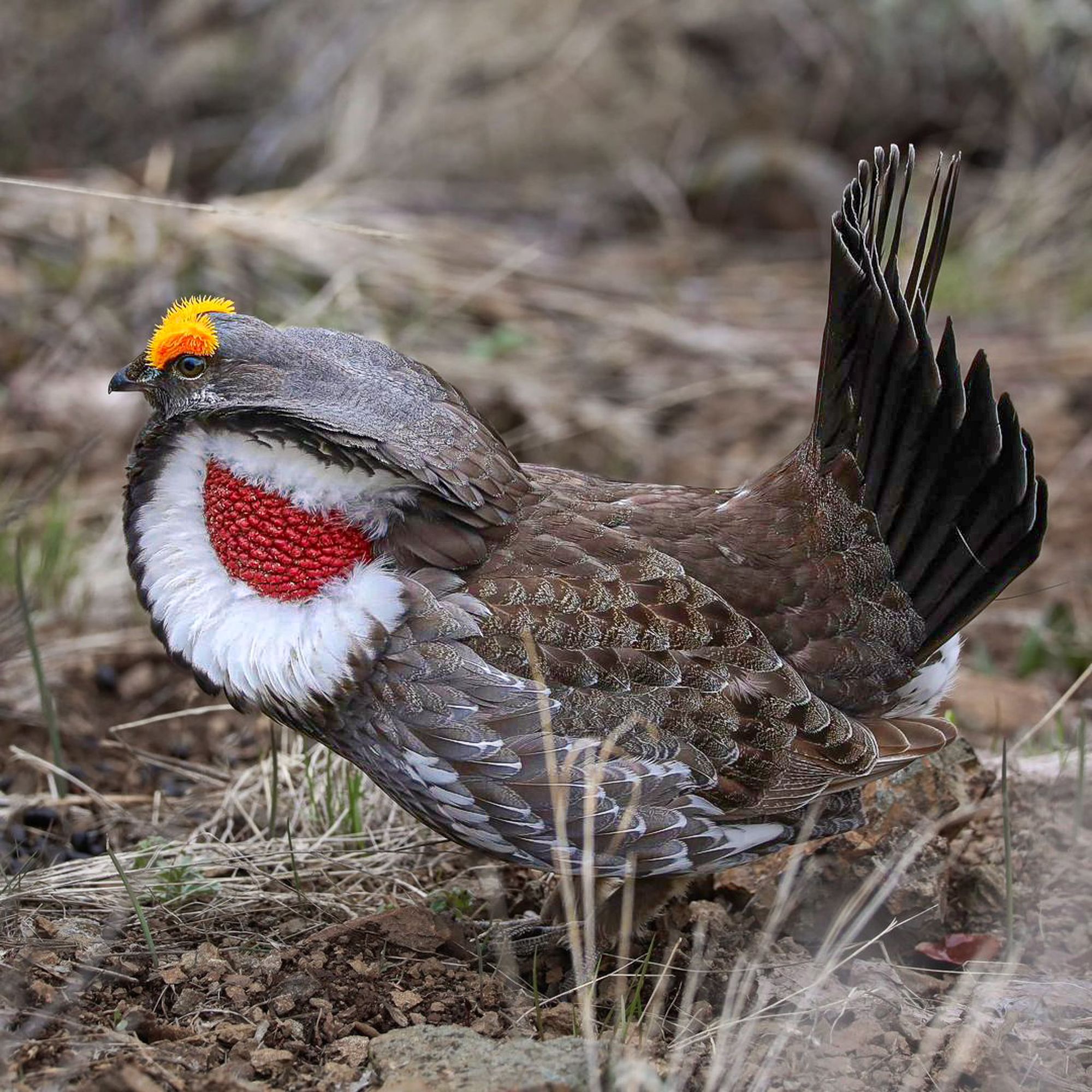
Several people reported seeing dusky grouse this week, highlighting one of the most interesting wildlife spectacles of the Methow Valley.
Our local dusky grouse are a fascinating bird. They are the second largest grouse in North America, and in many parts of their range they are one of the most important vertebrate animals in terms of sheer biomass. This means that in many areas there are so many grouse that their total weight and volume is greater than any other animal!
You might not realize this because grouse stay mostly hidden. But in the spring, males put on a showy display that's hard to miss.
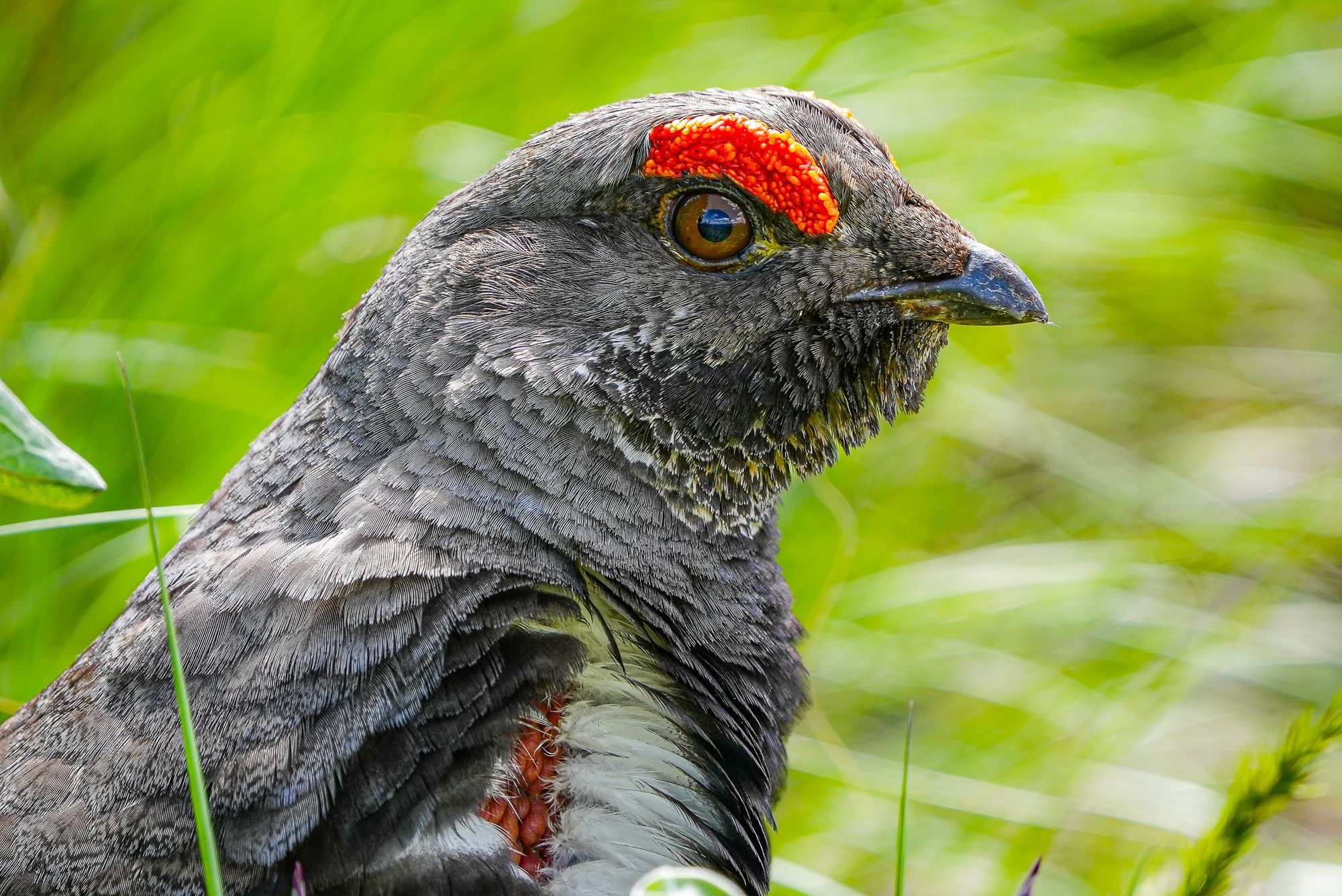
During the winter, it's very hard to find dusky grouse because they move upslope into dense conifer forests where they remain largely sedentary and hidden on high branches. Here, they survive the winter by eating huge quantities of one item—conifer needles from a single tree (almost always Douglas-fir).
Conifer needles are full of oils and resins, and have very few nutrients, but dusky grouse conserve their energy and digest the needles slowly with the help of microbes in their gut. To increase the efficiency of these microbes and give them more time to digest the needles, grouse lengthen their caeca (a separate intestinal pouch where the microbes live) up to four feet long!
By mid-March, males begin moving downslope to re-establish a months-long residency at the preferred display locations they use year after year. From early April into June, in open shrubby areas with a scattering of trees, males will endlessly strut, inflate their naked throat sacs, fan out their tails, and make a low booming, hooting call that can be heard up to a quarter-mile away but is almost impossible to locate.
These displays still attract the attention of predators, and along with the fact that grouse are so common this means they are a staple item in the diets of bobcats, marten, fox, coyotes, and raptors.
Females apparently wander downslope a bit later, but stay well hidden, with peak mating occurring in May and chicks appearing around June. Males and unsuccessful females begin moving back upslope towards their wintering grounds from mid-summer into October, and then from November through February dusky grouse gather in small groups and return to eating needles until the following spring.
